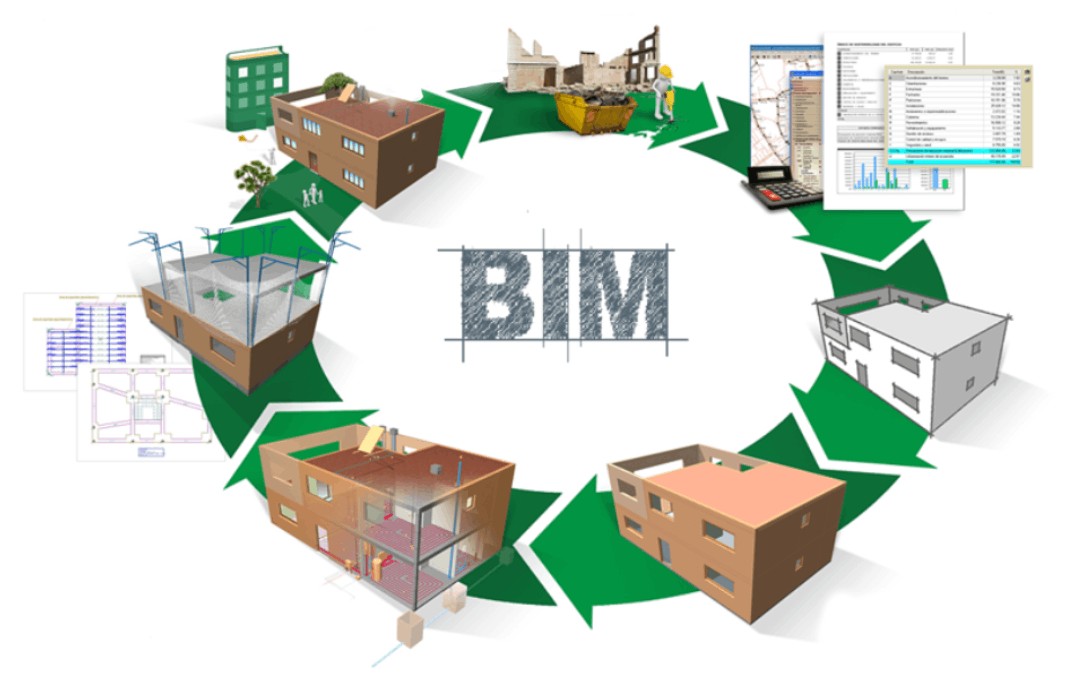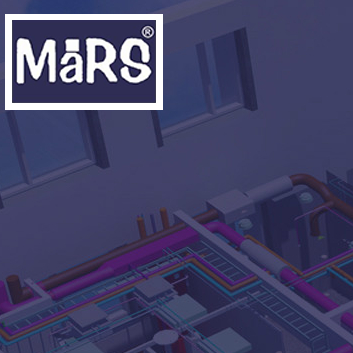Collaboration with BIM-Enabled Workflows for Connected Construction

Collaboration with BIM-Enabled Workflows for Connected Construction Successful architectural projects involve collaboration and integration throughout the design phase, but these activities can be challenging to execute with current methods and tools. Building information modeling (BIM) is being implemented extensively by architects to improve their methods of design and final products. Building information modeling, or BIM, is a digital representation of a building's structural and operational characteristics that can be shared and altered by every stakeholder associated. Key elements of Virtual BIM Coordination include collaboration and exchange of information.
A project's supply chain can be made more efficient and sustainable by using BIM. Each architectural component's details are brought together through BIM Coordination and Collaboration. Due to the data's central position, connected construction refers to the ability for anybody to more quickly access, analyze, and edit the data while still maintaining it easily accessible to those involved in the construction process. From the first phases of design through the latter stages of demolition and material recycling, the BIM data depicts the life cycle of the building. BIM may realize its full potential by bringing information, technology, and connections into consideration. The collaborative BIM-enabled workflows for connected construction have a high value and can considerably change how the business performs in the construction industry.
BIM as a tool for collaboration
Within an integrated BIM Modelling and Management system, all essential components for a project's success may be accessible. The reorganization of digitally assisted processes and procedures must be driven by a quantitative, systematic approach to project workflow and information flow based on the availability of current and shareable information. Enabling all project participants and stakeholders to understand intended outcomes as well as their roles and responsibilities is the ultimate goal. The capacity to implement corrective actions to bring the project back in line with expectations is enabled by the complete availability and openness of information, which drive the timing, costs, and expected quality.
The success of the project depends on the Common Data Environment (CDE) and the BIM Execution Plan, a document that outlines the roles, responsibilities, processes, and set outcomes. Both share the same digital environment and are supported by initial and ongoing required training. The application of BIM-enabled workflows as a collaborative tool for connected construction is thus evident.

Benefits of using BIM-enabled workflows for connected construction
BIM is a tool used in connected construction that aids in efficiently managing and utilizing data, enhancing project outcomes. The advantages of using BIM-enabled workflows as a collaborative tool are as follows:Project Efficiency: By keeping your workflows connected, you may prevent wasting a lot of time and effort. Team members won't have to
spend time inputting information again, seeking clarification, or looking for data thanks to connected systems and automatic data flow. Instead, they may concentrate on execution and finish jobs more quickly.
Better Decision Making: All information is reliable and current thanks to frequent data exchanges in the digital representation. This indicates that everyone on your team is operating from the same document, choices are based on the most recent information, and ambiguity is removed.
Improved Collaboration: Teams are connected when workflows are, too. Collaboration is streamlined since everyone has access to the sameinformation and can interact efficiently. Therefore, it may be claimed that teams with greater collaboration generally perform better.
Optimized Workflows: Building Information Modelling (BIM) enables construction workers to optimize workflows and reduce delays by providing real-time access to project data and analytics. Companies can improve project performance, spot areas for development, and put strategies in place to maximize project outcomes and maintain competitiveness by utilizing data analytics.
Increase Profitability: By accelerating project schedules and lowering the possibility of rework or errors, BIM-enabled workflows for connected construction can aid construction organizations in cutting costs and boosting profitability.
Final Words
BIM has given people a new working theory for how construction should be done. If the project team can collaborate well and appreciate the benefits of BIM collaboration, tasks may be completed and information shared more effectively. The task can then be completed more rapidly. As a result, everyone engaged benefits from time and cost savings as well as good quality. The Collaborative BIM implementation process is essential for sharing project data and subject-matter knowledge. With such effective and efficient contact, a project's performance may please all parties. Given the critical role collaboration plays in building projects, it is imperative to comprehend the collaborative process within BIM-enabled projects that lead to higher efficiency and better performance. A deeper understanding of the BIM process has potential benefits for many project participants that utilize BIM technology to address challenges, including coordination, communication, resource and information sharing, and innovation, beyond collaboration analysis. Consequently, it can be said that connected construction workflows will become even more crucial as the digital era of construction develops.












